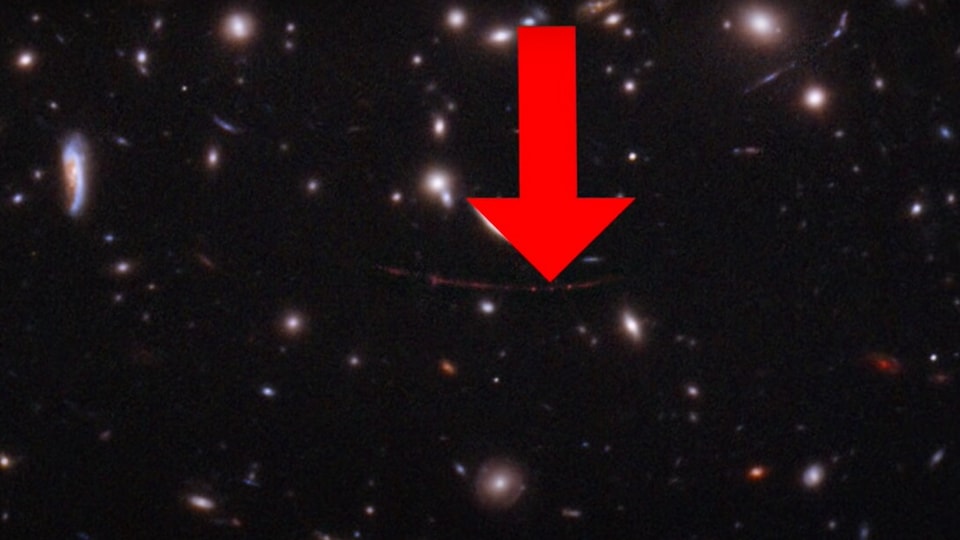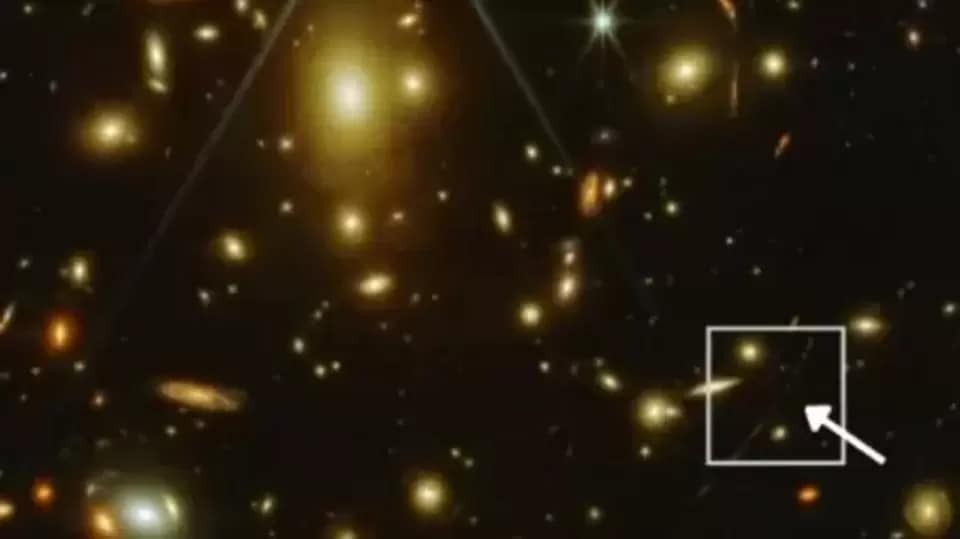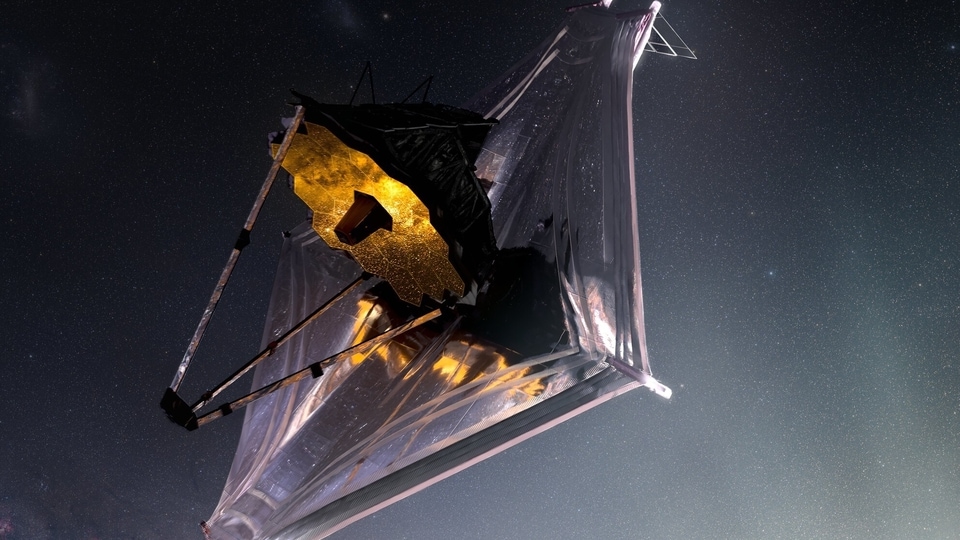Scientists are watching an Alien planet BORN! Will this be an Earth twin?
A study has detailed an exoplanet which is in its early stages of formation. It is a very rare occurrence and scientists believe that it will help them know how the atmosphere of Earth was developed. But can it support life? Find out.





_1660207045270_1660207054386_1660207054386.jpg)
 View all Images
View all ImagesIt is an incredibly rare opportunity in modern astronomy when we can see the birth of a celestial body. And that is because our planet is comparatively very young and most celestial bodies were already there by the time humans developed technology to observe space. But because of this, a lot of what we know about the birth of our own Earth as well as the various stages it must have gone through to be the life supporting planet it is today, is in theory. But now, a group of scientists have been able to observe an infant planet which is still gaseous in nature. And it is believed that not only will observing this developing exoplanet (a planet outside the solar system) help us understand how the atmosphere is created, but will also answer whether that planet can support life.
According to a study published in the Astrophysical Journal Letters on July 27, researchers have spotted a budding planet near the star AS-209 in the Ophiuchus constellation of the Milky Way galaxy. The exoplanet looks like a disc of gas at this point with the amount of mass equivalent to Jupiter. The observations were made using the Atacama Large Millimeter/submillimeter Array (ALMA).
Scientists observe an infant planet
The exoplanet is relatively close to us at a distance of about 395 light years. And as scientists have stumbled upon this nearby planet at this stage of its forming, it offers a good opportunity to observe it closely and understand how the atmosphere is created within a planetary system.
“The best way to study planet formation is to observe planets while they're forming. We are living in a very exciting time when this happens thanks to powerful telescopes”, said Jaehan Bae, a professor of astronomy at the University of Florida and lead author of the study.
Scientists, although admitting that it is too early to say anything, believe that the exoplanet is not likely to support life. This is because it is too large and is placed in a region with a lot of dust and gasses. Such celestial bodies are more likely to become a gas giant like Jupiter and not a rocky planet like Earth.
Catch all the Latest Tech News, Mobile News, Laptop News, Gaming news, Wearables News , How To News, also keep up with us on Whatsapp channel,Twitter, Facebook, Google News, and Instagram. For our latest videos, subscribe to our YouTube channel.
































